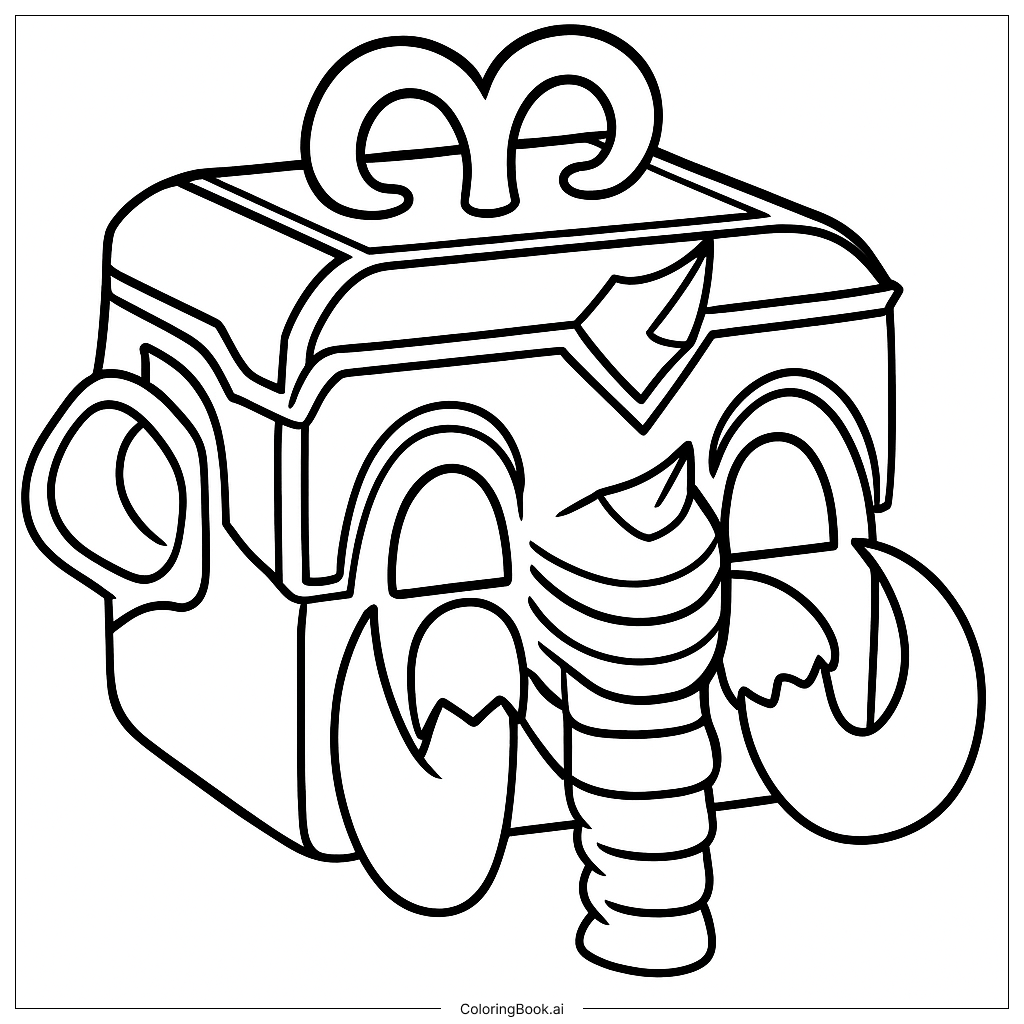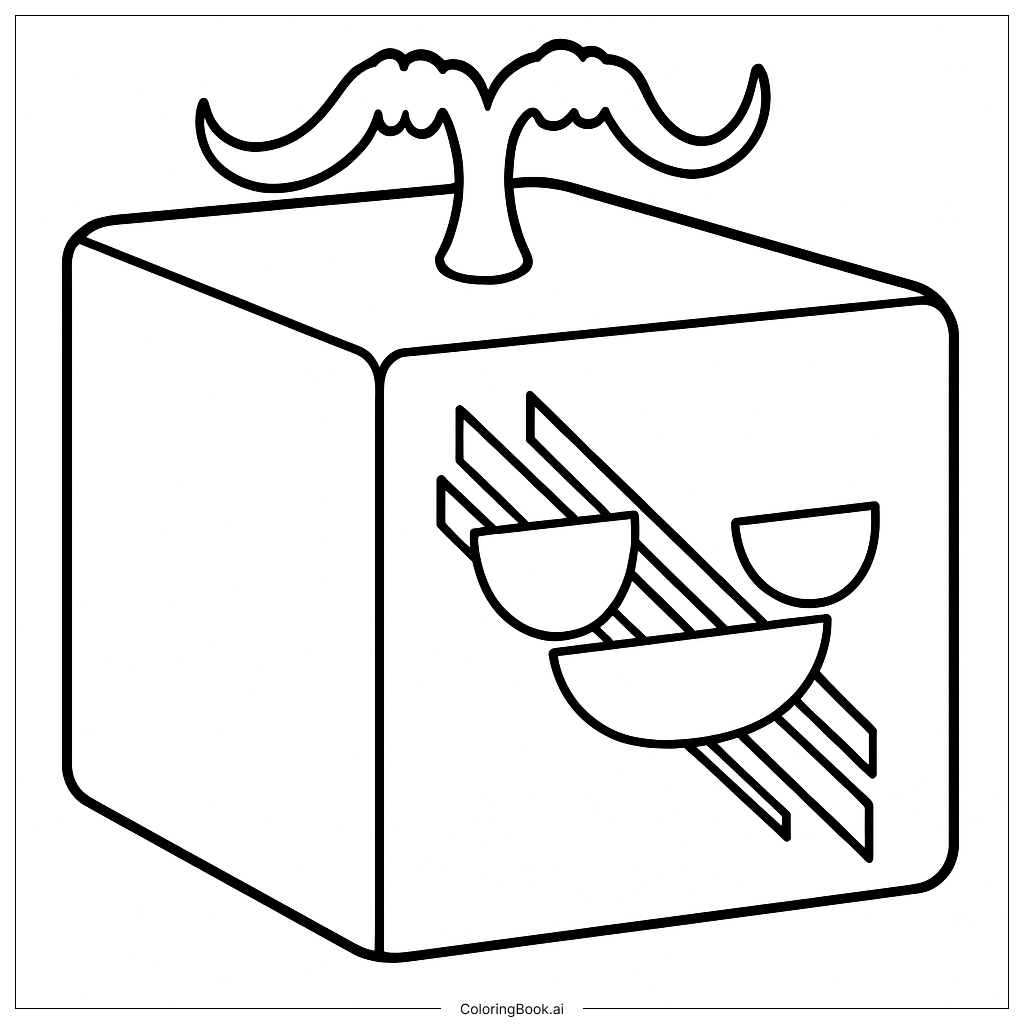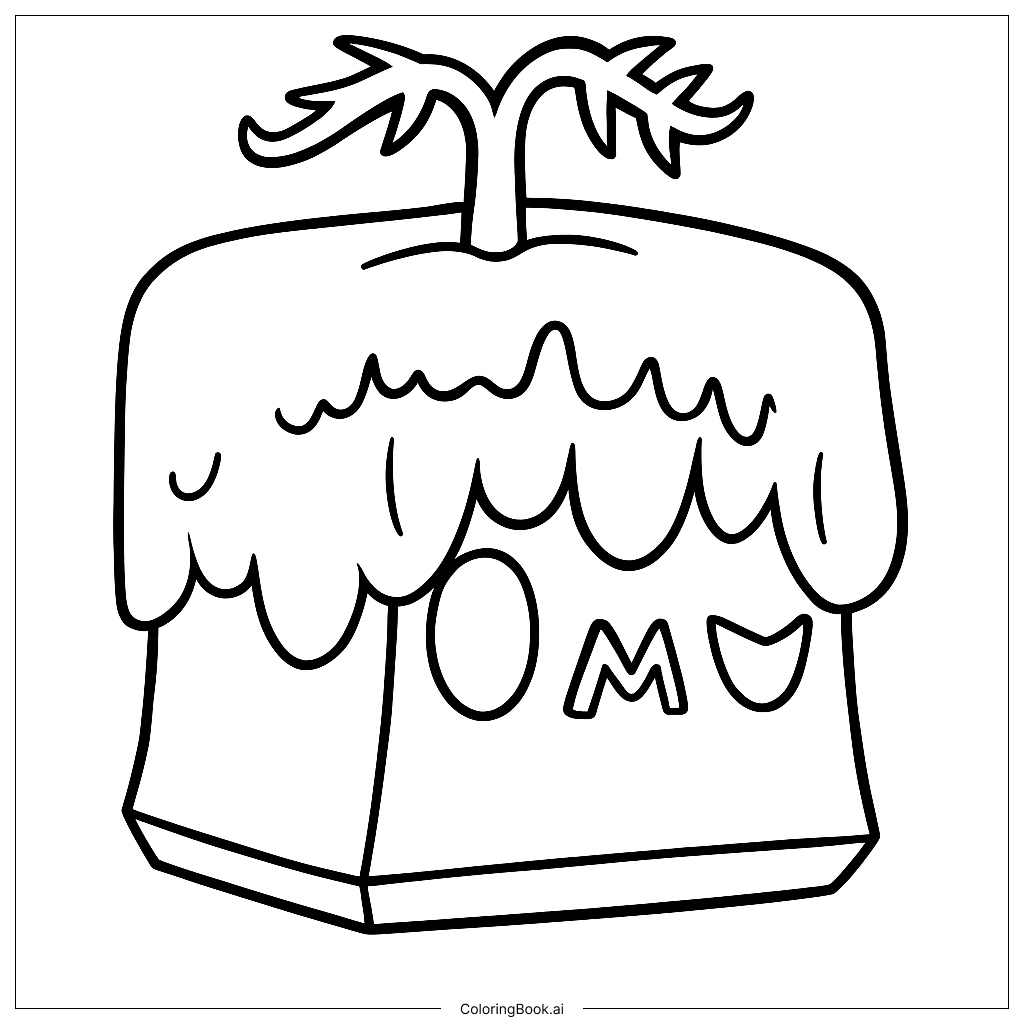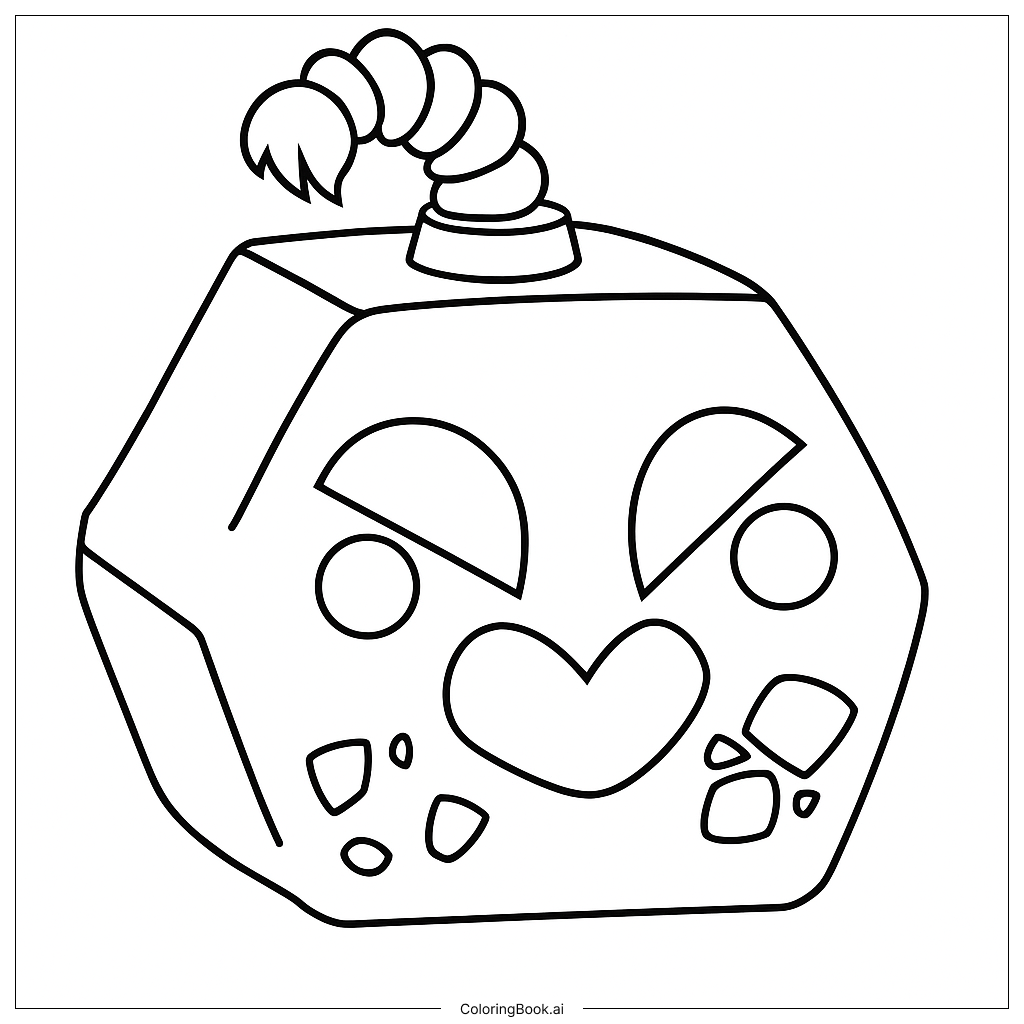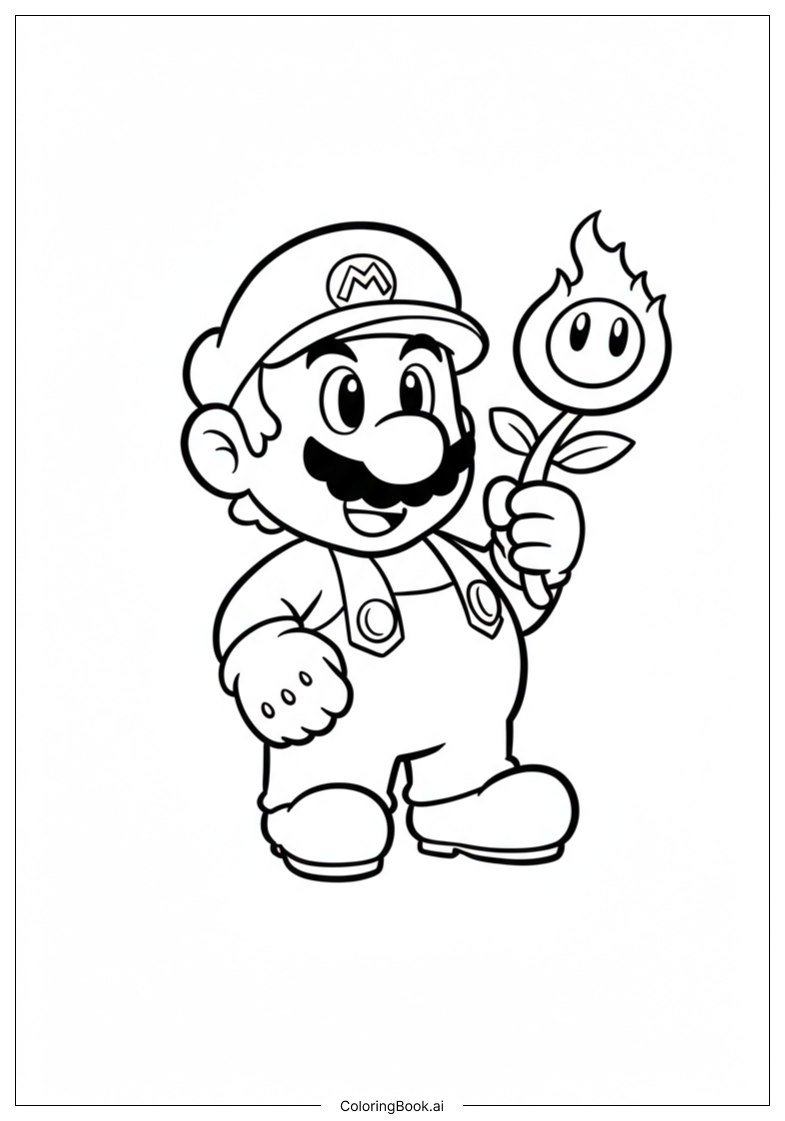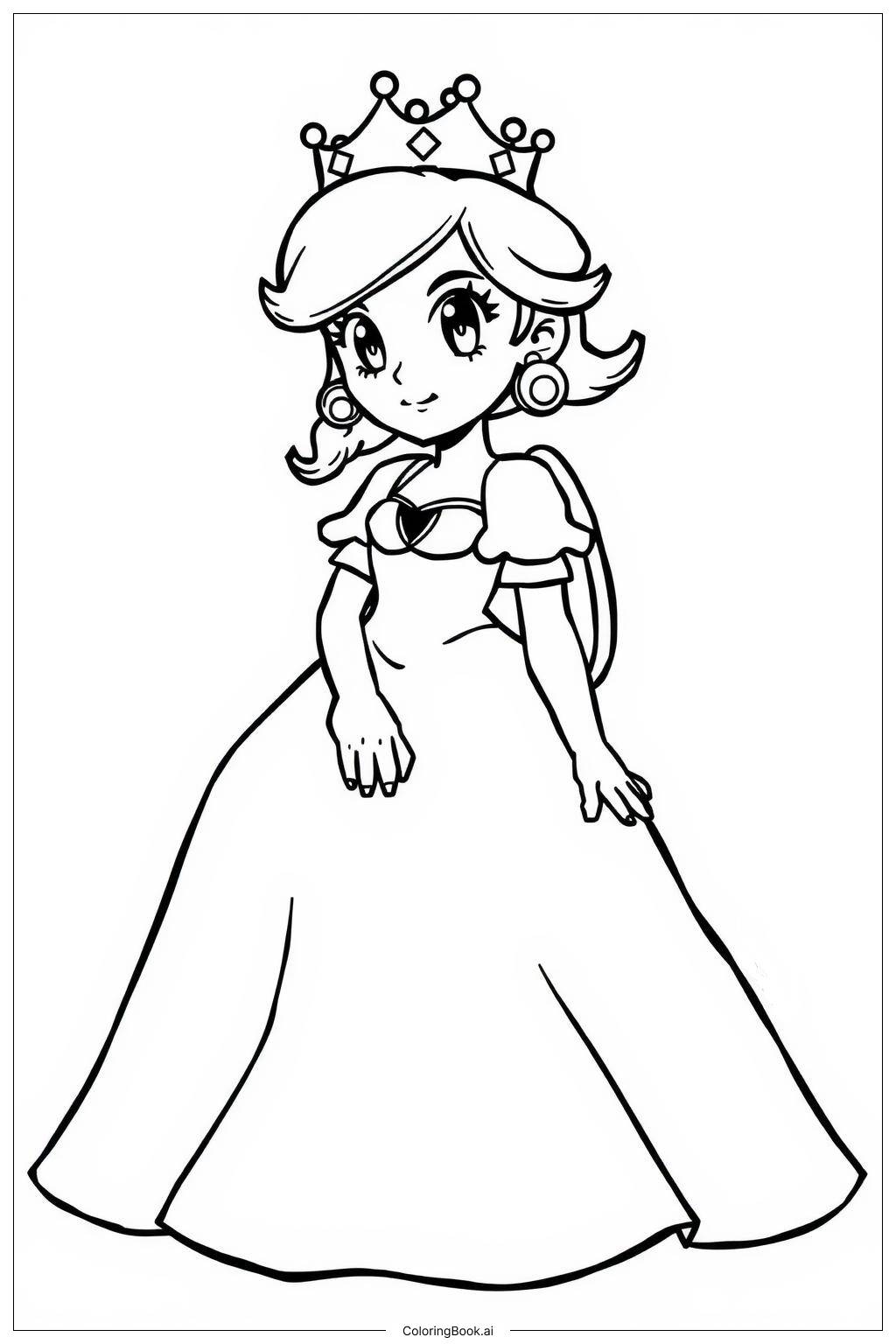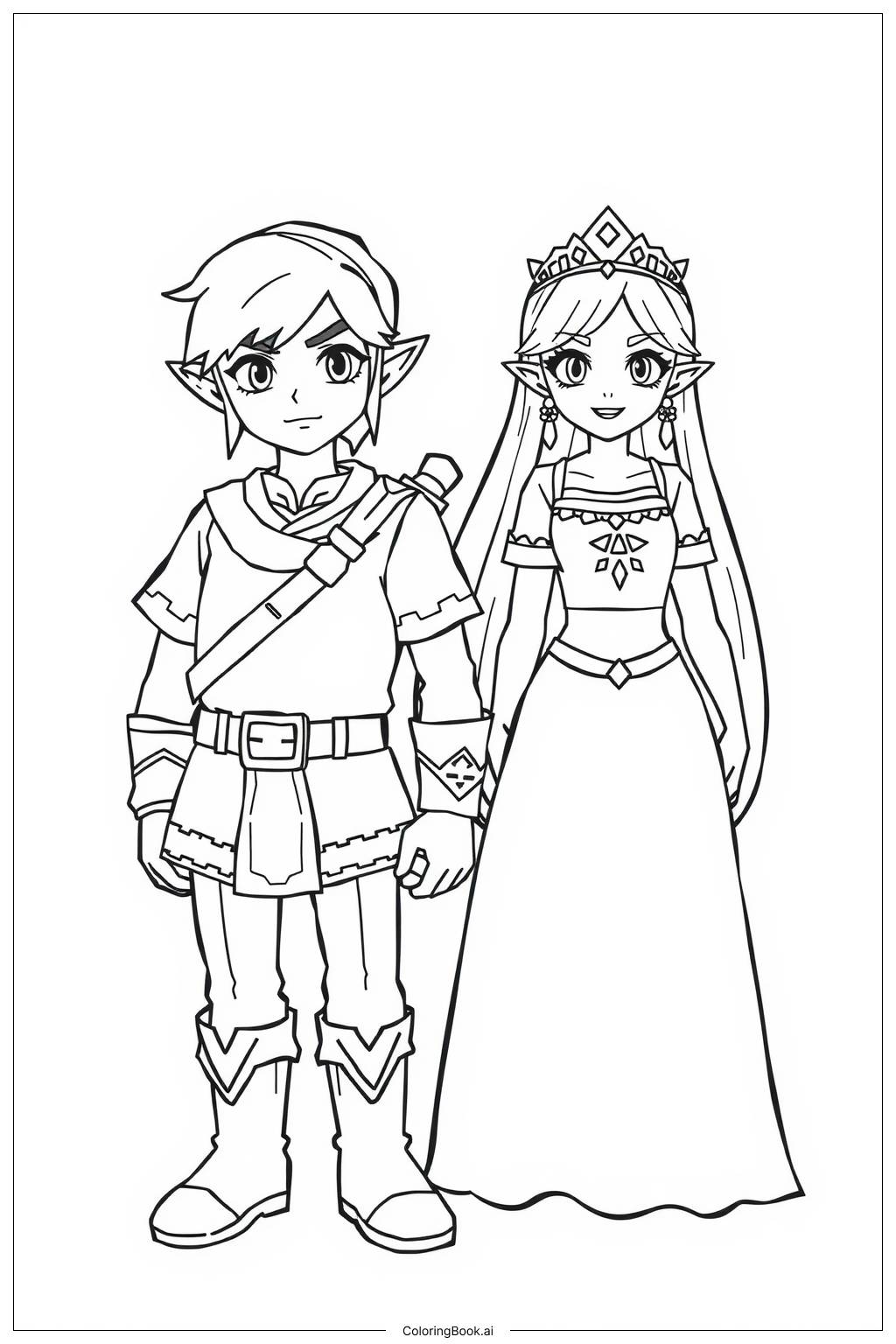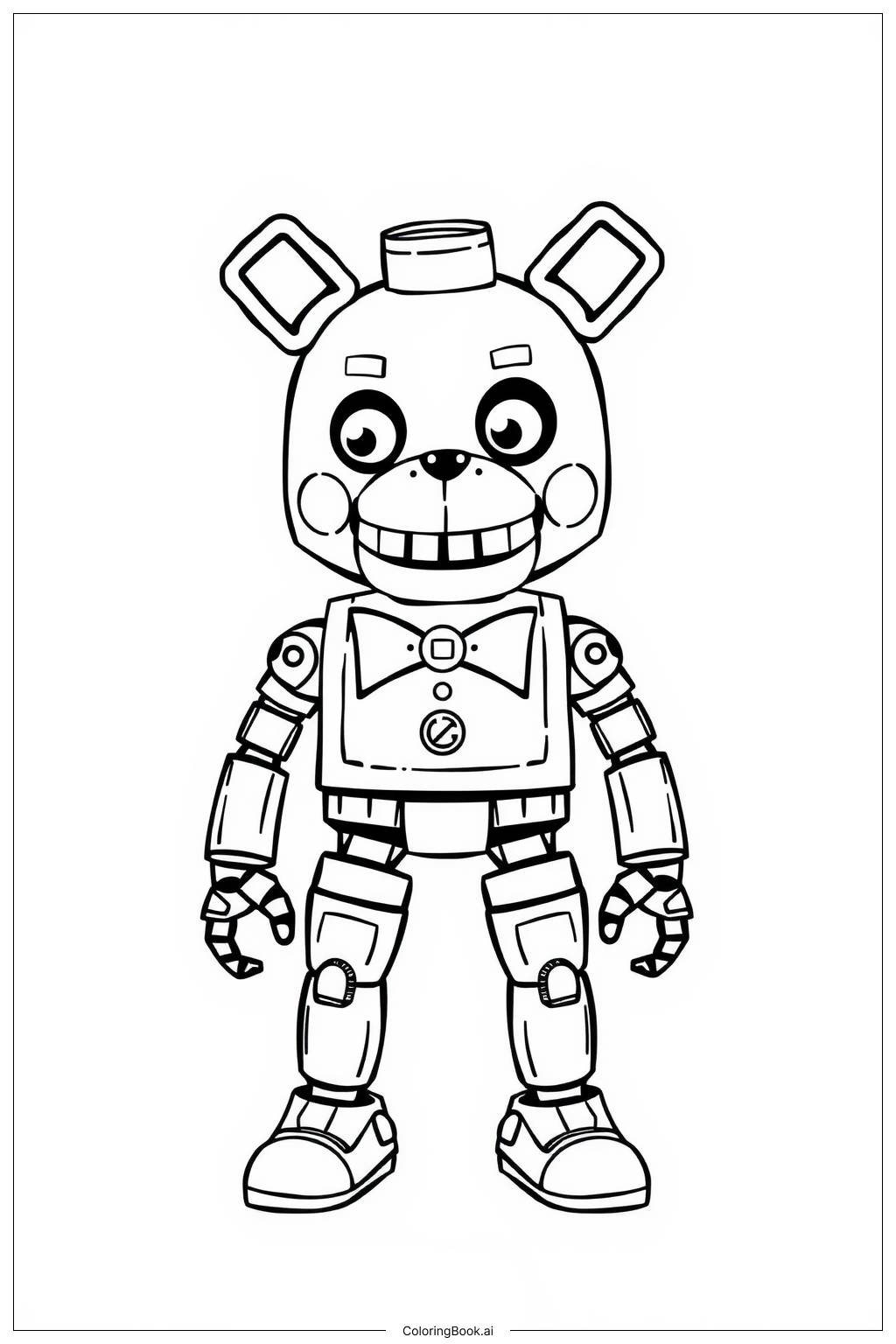Coloring tips: How to color Mammoth coloring page well?
Use brown shades for the mammoth’s trunk and tusks to make it look natural. You can use light and dark browns for shading the trunk to show its texture. For the helmet and chest, try metallic colors like gold, silver, or bronze to make it stand out. Use bright colors for the helmet details and horns to add contrast. Don’t forget to color the inside of the ears a softer, lighter shade, like pink or light brown. You can also add some shadows under the tusks and chest to create depth. Try blending colors gently to make the picture look lively and three-dimensional.
Coloring challenges: Which parts are difficult to color and need attention for Mammoth coloring page?
1. The many curved lines on the trunk and tusks can be tricky to color neatly without going outside the lines. 2. Small details on the helmet and chest need careful coloring to keep them clear and crisp. 3. Coloring the overlapping parts like the tusks over the trunk requires attention to avoid mixing colors. 4. Creating shading and shadows to give the mammoth a three-dimensional look may be challenging for beginners. 5. Balancing bright and natural colors so the image looks colorful but not messy can be difficult.
Benefits of coloring books: Advantages of drawing Mammoth coloring page
Coloring this mammoth and chest image helps improve hand-eye coordination and fine motor skills by working within different shapes and details. It also encourages creativity through choosing colors and blending shades. The challenge of shading and coloring overlapping parts enhances focus and patience. Kids can learn about textures and how to create a three-dimensional effect with colors. Overall, it is a fun activity that boosts confidence and artistic skills.
